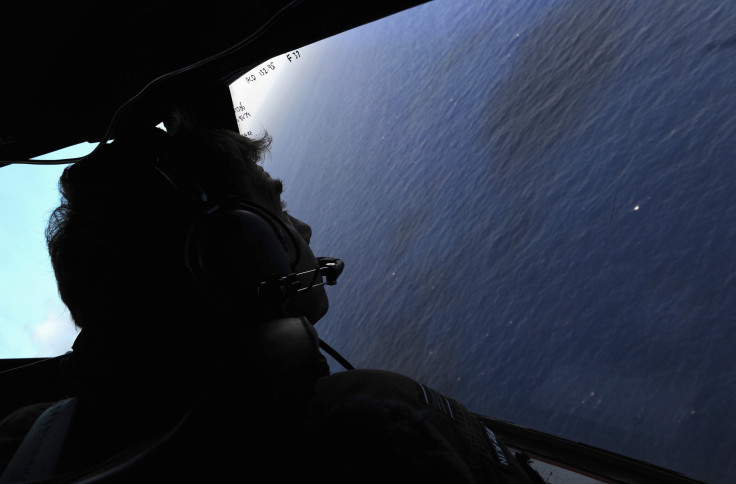Malaysia Airlines Flight MH370: ‘Wreckage Found’ In Bay Of Bengal Could Be Missing Plane, Says Survey Company

An Australian company that specializes in geophysical surveys said Tuesday that it has located the wreckage of a commercial airliner in the Bay of Bengal about 100 miles south of Bangladesh – and several thousand miles away from where search teams have been looking for the missing Malaysia Airlines Flight 370 aircraft.
While GeoResonance, whose technology was originally created to find nuclear, biological and chemical weaponry in underwater and underground bunkers, stopped short of calling the discovery an unequivocal lead in the search for Flight 370, the company said they think it’s worth exploring.
"[We’re] not declaring this is MH370, however it should be investigated," GeoResonance said in a written statement.
Today, GeoResonance lends its technology to clients looking to locate specific metals or minerals for mining. It has also participated in hunts for old warships or planes on the ocean floor, according to CBS News.
But researchers from GeoResonance are finding it difficult to convince search officials, who believe the plane went down in the southern Indian Ocean, to consider their data. The international team of investigators who have been scouring the oceans for signs of Malaysia Airlines Flight 370 ever since it disappeared on March 8 say their data, including the final radar signals sent from Flight 370, have led them to focus their efforts in the so-called Southern Arc of the Indian Ocean.
According to GeoResonance, during the early days of the investigation when search efforts were centered in the Bay of Bengal, the company made aerial scans of the bay looking for signs of the missing aircraft.
“The only motivation is to help the families of the missing passengers and crew,” the company said, “knowing the company has the technology capable of the task.”
GeoResonance discovered an “anomaly” roughly 1000 meters below the surface off the shore of Bangladesh. When researchers compared the scans to scans taken a few days prior to the plane’s disappearance, they found that the anomaly wasn’t there.
GeoResonance scanned the object for signs of various metals, particularly aluminum, which comprises 70 percent of the Boeing 777. The scans showed clear signs of aluminum on the ocean floor.
Researchers then switched to looking for traces of other aircraft materials like titanium, copper and steel, and discovered all of them were present. The result was a series of images that together form what looks like an intact plane.
GeoResonance said it sent its initial findings to investigators on March 31, according to CNN, and followed up with a full report on April 15. They were largely ignored. The company hopes that by going public with their findings they can encourage officials to consider their data seriously.
"The Australian-led search is relying on information from satellite and other data to determine the missing aircraft's location," the Joint Agency Coordination Centre, which is coordinating the multinational search, told CNN. "The location specified by the GeoResonance report is not within the search arc derived from this data. The joint international team is satisfied that the final resting place of the missing aircraft is in the southerly portion of the search arc."
According to CNN, while Australian searchers have ignored GeoResonance’s data, Malaysian officials have said they are looking into the company’s claim.
© Copyright IBTimes 2025. All rights reserved.






















